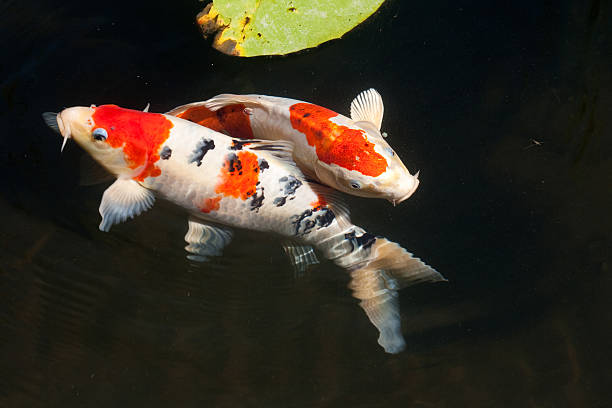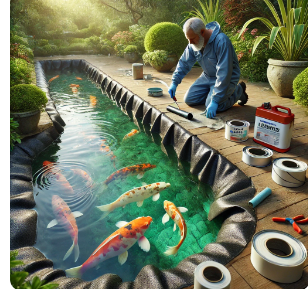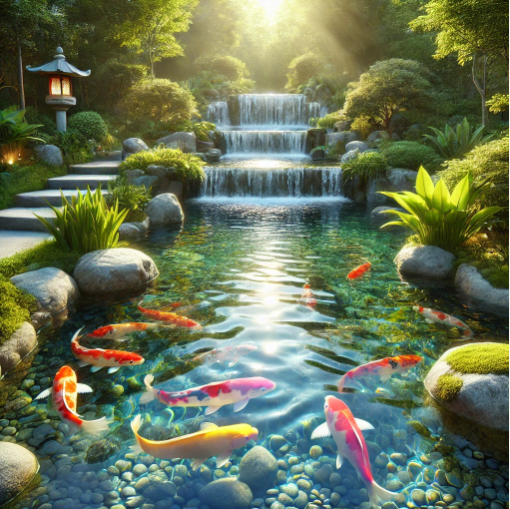How Long Do Koi Fish Live? Understanding Their Lifespan
Koi fish are one of the most fascinating and cherished ornamental fish in the world. Their graceful movements, vibrant colors, and long lifespans make them a favorite among pond enthusiasts. But just how long do koi fish live? The answer depends on various factors, including genetics, environment, and care. In this guide, we’ll break down everything you need to know about the lifespan of koi fish and how to help them live longer.
Average Lifespan of Koi Fish
The lifespan of koi fish varies significantly depending on where they are raised and how they are cared for. Here’s a general breakdown:
- Domestic Koi (Pond Koi): 15 to 25 years
- Japanese Koi (Nishikigoi): 40 to 50 years
- Record-Holding Koi: Over 200 years
Yes, you read that right! Some koi fish, especially in Japan, have been known to live for over two centuries with proper care and the right environment.
The Oldest Known Koi Fish
One of the most famous koi fish, Hanako, lived an astonishing 226 years. Scientists determined Hanako’s age by studying the growth rings on her scales, similar to how tree rings reveal age. Hanako’s exceptional lifespan was attributed to pristine water conditions, a controlled diet, and a stress-free environment in a natural pond in Japan.
Factors That Affect the Lifespan of Koi Fish
While not every koi will live for centuries, you can extend their life significantly by optimizing these factors:
1. Genetics
Not all koi are created equal. Japanese koi, bred for their quality and lineage, generally live longer than mass-produced koi. When purchasing koi, look for reputable breeders who focus on strong genetics.
2. Water Quality
Water conditions play the most significant role in a koi fish’s lifespan. Here’s how to maintain an ideal environment:
- Clean, filtered water: Install a reliable pond filtration system to remove waste and toxins.
- Stable pH levels: Koi thrive in water with a pH between 7.0 and 8.5.
- Ammonia and nitrate control: High ammonia levels can be lethal. Perform regular water changes to keep toxins in check.
- Aeration: Koi need oxygen-rich water, so using an aerator or waterfall can help maintain proper oxygen levels.
3. Proper Diet and Nutrition
Feeding koi the right food ensures proper growth, vibrant colors, and longevity. Here are some feeding tips:
- Use high-quality koi food: Look for food rich in protein, vitamins, and essential nutrients.
- Seasonal feeding: In warm months, feed high-protein food for growth. In colder months, switch to wheat-germ-based food to aid digestion.
- Avoid overfeeding: Excess food leads to poor water quality and health issues.
4. Pond Size and Space
Koi need plenty of room to swim and grow. A small, overcrowded pond can stunt their growth and lead to health problems. Ideally, a koi pond should be:
- At least 1,000 gallons for a few koi
- 3 to 4 feet deep to prevent extreme temperature fluctuations
- Well-maintained with a proper filtration system
5. Protection from Predators
Birds, raccoons, and even domestic pets pose a threat to koi fish. To keep them safe:
- Use netting or pond covers
- Provide hiding spots with pond plants or caves
- Install motion-activated deterrents
6. Disease Prevention and Treatment
Koi fish can suffer from parasites, bacterial infections, and fungal diseases. Regular monitoring and prompt treatment can prevent fatalities. Here’s how:
- Quarantine new koi before adding them to the pond
- Monitor for signs of illness (lethargy, loss of appetite, ulcers, or abnormal swimming)
- Use salt treatments or medication when necessary
How to Increase the Lifespan of Your Koi Fish
Want your koi to live longer? Follow these key steps:
- Maintain excellent water quality with frequent testing and cleaning
- Feed a balanced diet to support immune function and growth
- Keep your pond in good shape by avoiding overcrowding
- Protect koi from stress by ensuring they have a safe and calm environment
- Regularly check for diseases and treat any symptoms immediately
Conclusion
Koi fish can live anywhere from 15 years to over 200 years, depending on their care and environment. While most domestic koi won’t reach Hanako’s age, you can ensure a long, healthy life for your koi by providing clean water, high-quality food, a spacious pond, and protection from predators and disease. With the right care, your koi can become a cherished part of your pond for generations.
Are you ready to give your koi the best life possible? Start by enhancing their pond environment today!




